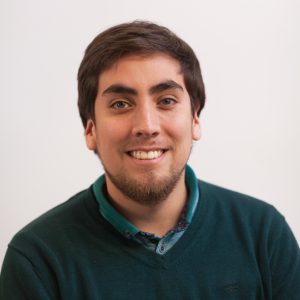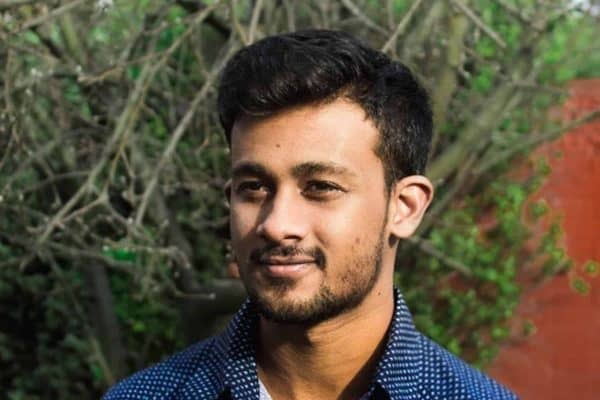Integrated decision making in transportation resilience and asset management
I was born in the city of Viña del Mar, which is located across the Pacific Ocean in Chile. I grew up in a country village nearby, however when I started my University studies, I decided to move to Santiago (the capital city), which is where I am currently living. My interest in science and innovation led me to study civil engineering at the Pontificia Universidad Católica de Chile from 2011 to 2017 and then, a Master’s degree from 2017 to 2019.

During my Bachelor’s degree, I became interested in research and learning new things that could potentially help others to improve their life or reduce the impacts of external threats. I remember in 2010 when one of the most intense earthquakes that humanity has seen hit Chile and everything in our life changed dramatically: some people lost their loved ones, others lost their houses and basic services for weeks. I was about to start my last year of high school and this huge event made me think about how we were not even slightly prepared to face it.
In my University years, I had the experience to participate as a research assistant in road management and road design courses, which was a turning point in my career and when I was about to graduate, I was offered a funding to study a Master’s degree with the focus on natural disasters and how the road network performance is affected during these critical events. When I was offered this proposal, many images from 2010 came to my mind and led me to accept it and start this new process. Meanwhile, I also started working at the Research Centre for Integrated Disaster Risk Management. Finally, in 2021 my Master’s supervisor recommended me to continue the research career with a PhD and also connected me with my current supervisor in New Zealand. My first contact with my current supervisors was held remotely and they explained the whole project and asked me if I wanted to be part of this team.
In terms of my hobbies, I am a real fan of board games and during the COVID-19 lockdowns, this hobby only increased. Also I practice Padel, which is a sport that has not got to New Zealand yet, but it is very popular in Latin America and Europe. I really hope it gets to New Zealand soon.
My project
The research aims to integrate resilience investment benefits in traditional transportation asset management. The resilience investment and the ‘traditional’ transportation management are typically disparate processes due to many challenges such as the quantification of benefits in short/long periods of time. While the traditional investments result in benefits that accrue in a known timeframe (normally short), the accrual of benefits from resilience investments are often unknown in terms of timing and usually accrue over longer time-periods.
Another challenge is the appropriate accounting and quantification of all benefits that may involve accounting for resilience. Traditionally, economic benefits have dominated investment decision making and other benefits such as environmental and social have been ignored. However, the NZ Treasury Living Standards Framework (LSF) sets out the country’s four capitals (natural, human, social and financial/physical) and identifies 12 domains of wellbeing (including environment, health, safety, and social connections, among others). This research will require developing an understanding of the LSF at the infrastructure level to integrate resilience in the decision-making process for investment.
The research will be focused on the integration of resilience to asset management. However, the accurate quantification of benefits and the timeframe analysis require the review, development, or adaptation of previous models. For instance, to quantify the potential damages of transportation infrastructure due to a certain hazard, a probabilistic hazard model is essential to spatially describe the intensity according to certain recurrence periods. In addition, fragility models calibrated for the New Zealand transportation assets are required to estimate the infrastructure susceptibility to certain hazard intensities. Hence, the research will first require a comprehensive literature review of physicals models for a better hazard and infrastructure characterisation.
Next steps
Currently, I am preparing a literature review about the integration of risk and resilience into transportation asset management and identifying the main research gap to cover in my PhD research. Although many research gaps have been identified in the process so far, one of the first challenges I will face is to establish the scope of the research within a few months and prepare the one-year revision.
I see the project finishing up in a very useful tool to help decision-makers to strategically invest in resilience in transportation asset management. For example, the model could help predict how much transportation agencies could invest annually in restoration and what would be the impact of investing right now and reducing in future restoration budgets.




